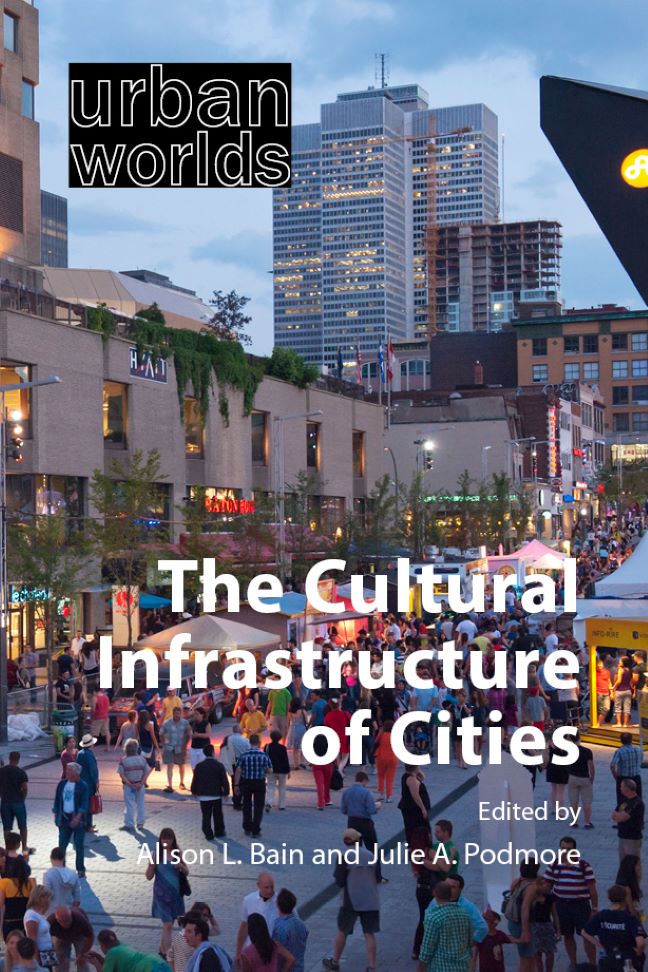10 - Aestheticizing hipster retail infrastructure: from Neapolitan to cosmopolitan
Published online by Cambridge University Press: 23 January 2024
Summary
INTRODUCTION
Local shopping streets and neighbourhood retailing are universal urban forms of commerce that produce and maintain the lifeblood of the cultural infrastructure of cities as a marketplace of public cultures (Zukin et al. 2016). Forming the public face of local identity and sites where social identities emerge, the socio-spatial assemblage of brick-and-mortar stores and buildings, business owners, workers and shoppers comprise the consumption infrastructure of urban retailing. This infrastructure organizes encounters between different publics in cities, producing street-level sites of exchange and dignified livelihoods for marginalized actors and international newcomers (Hall 2012). Into the twenty-first century, however, local shopping streets – everyday sites of retail diversity – face extreme competition from online retail shopping (Zukin et al. 2016), while the concentration and internationalization of financial retail capital displaces and replaces low-capital independent shops with brand-name global chain stores (Mermet 2017). Moreover, the aestheticization of production and consumption represents an additional force of homogenization, blitzing the social, cultural and economic heterogeneity of neighbourhood retail shopping streets with new consumer cultural forms of lifestyle-centred, upscale market values of distinctiveness, individuality and authenticity (Ley 2003; Zukin 2010). This homogenization standardizes urban retail infrastructure into specialist bubbles of cultural commerce that maintain and validate the social networks and aesthetic preferences of the new urban middle class. It also signals the roll out of new local micro-retail actors who embody an emerging occupational type and consumption pattern that feeds the postmodern marketplace of post-industrial cities: hipster retailing.
Exploring the aestheticization of urban retail infrastructure, this chapter begins by tracing paradoxical class identity formation processes of “the hipster” within aestheticized spheres of consumption and production in the city, highlighting how in the twenty-first century the hipster embodies a distinct form of entrepreneurial retail. It then offers a case-study analysis of an independent ice cream boutique in downtown Toronto, Canada as a microcosm of the dynamics of hipster retailing. The chapter argues that hipster retail infrastructure is both physical and virtual, materializing from culinary and image processes of making and selling that are structured by an “aesthetic disposition” of the self-employed proprietor and amplified by digital self-branding imperatives of mobile social media users.
- Type
- Chapter
- Information
- The Cultural Infrastructure of Cities , pp. 161 - 170Publisher: Agenda PublishingPrint publication year: 2023

